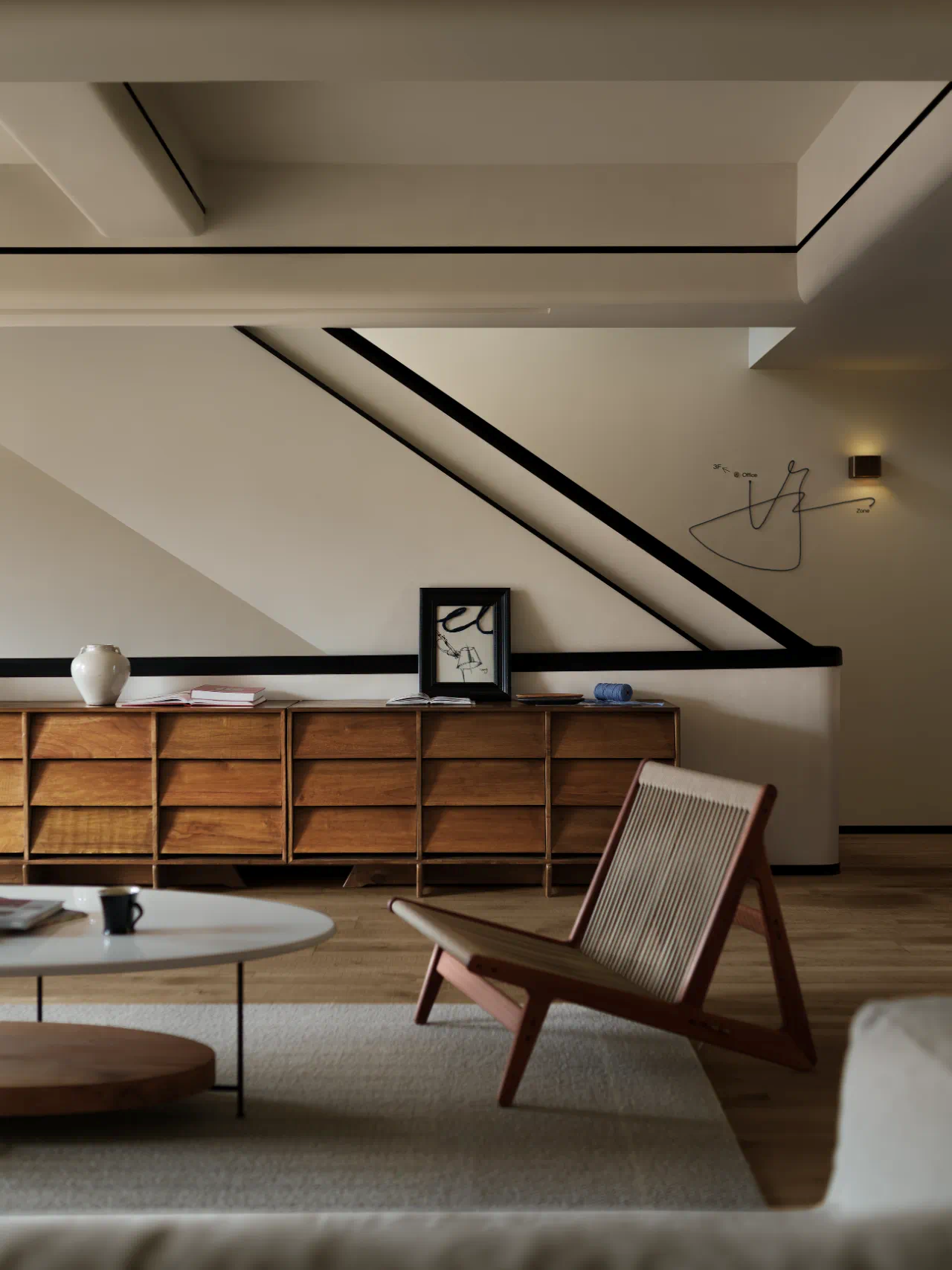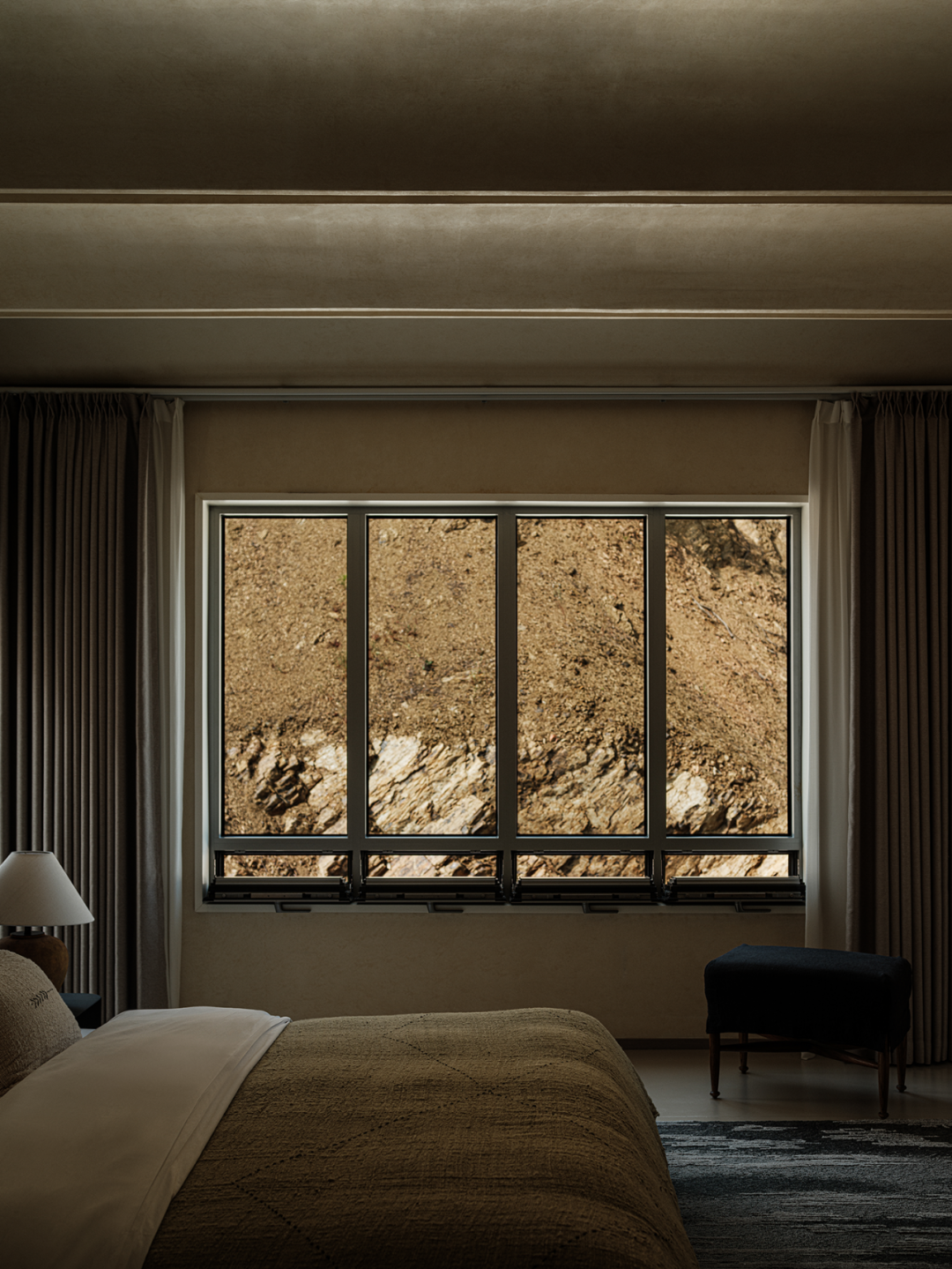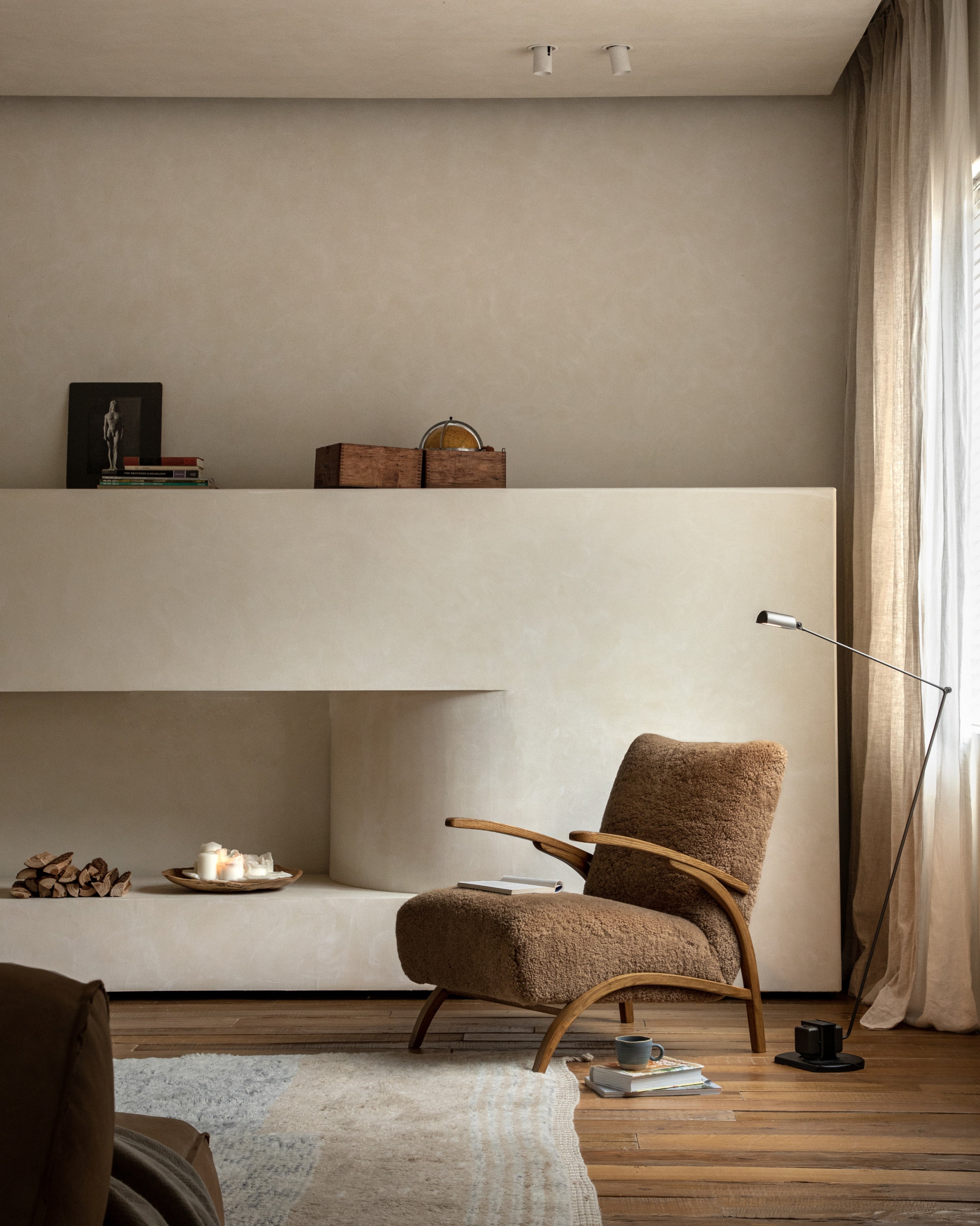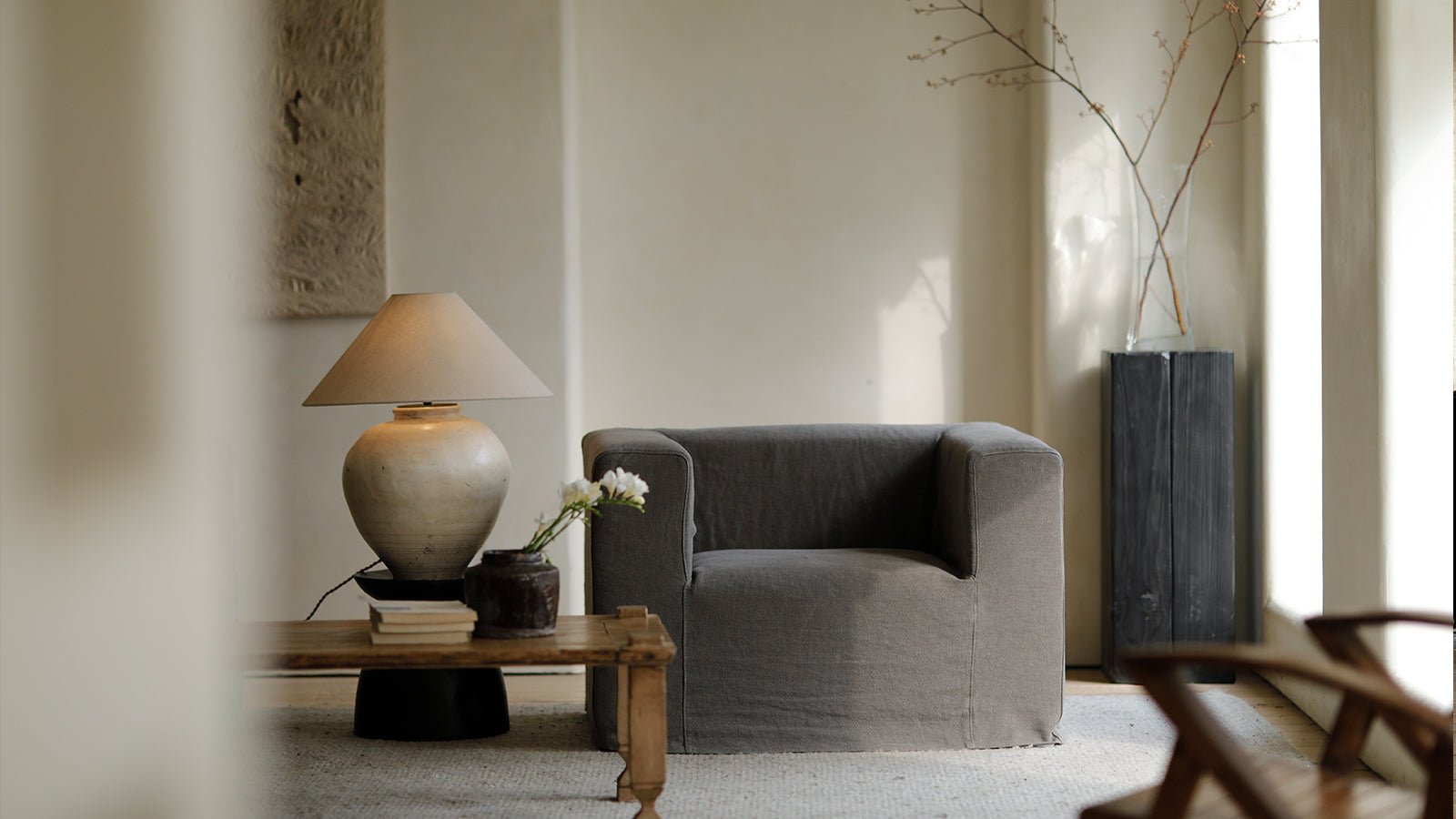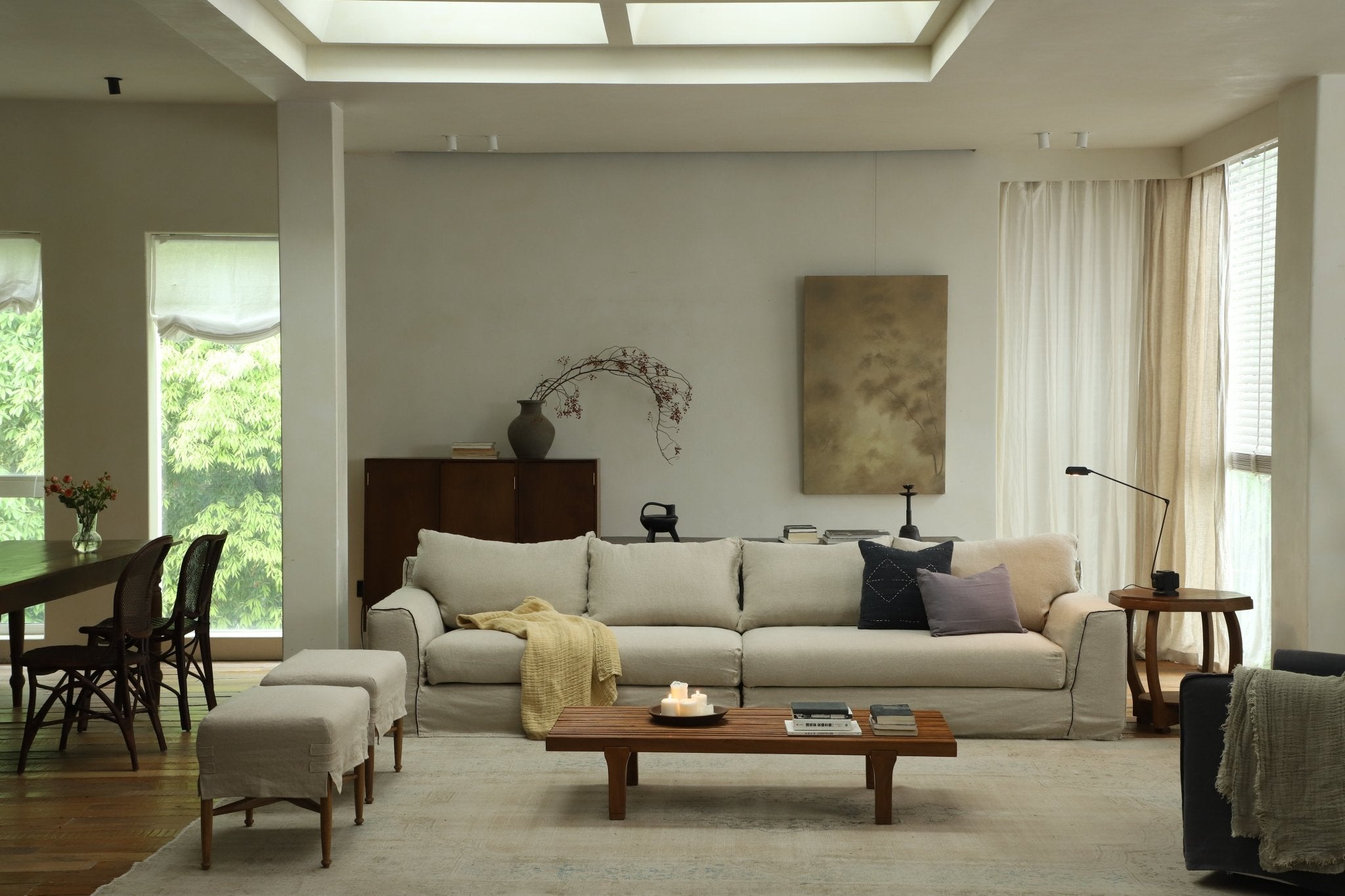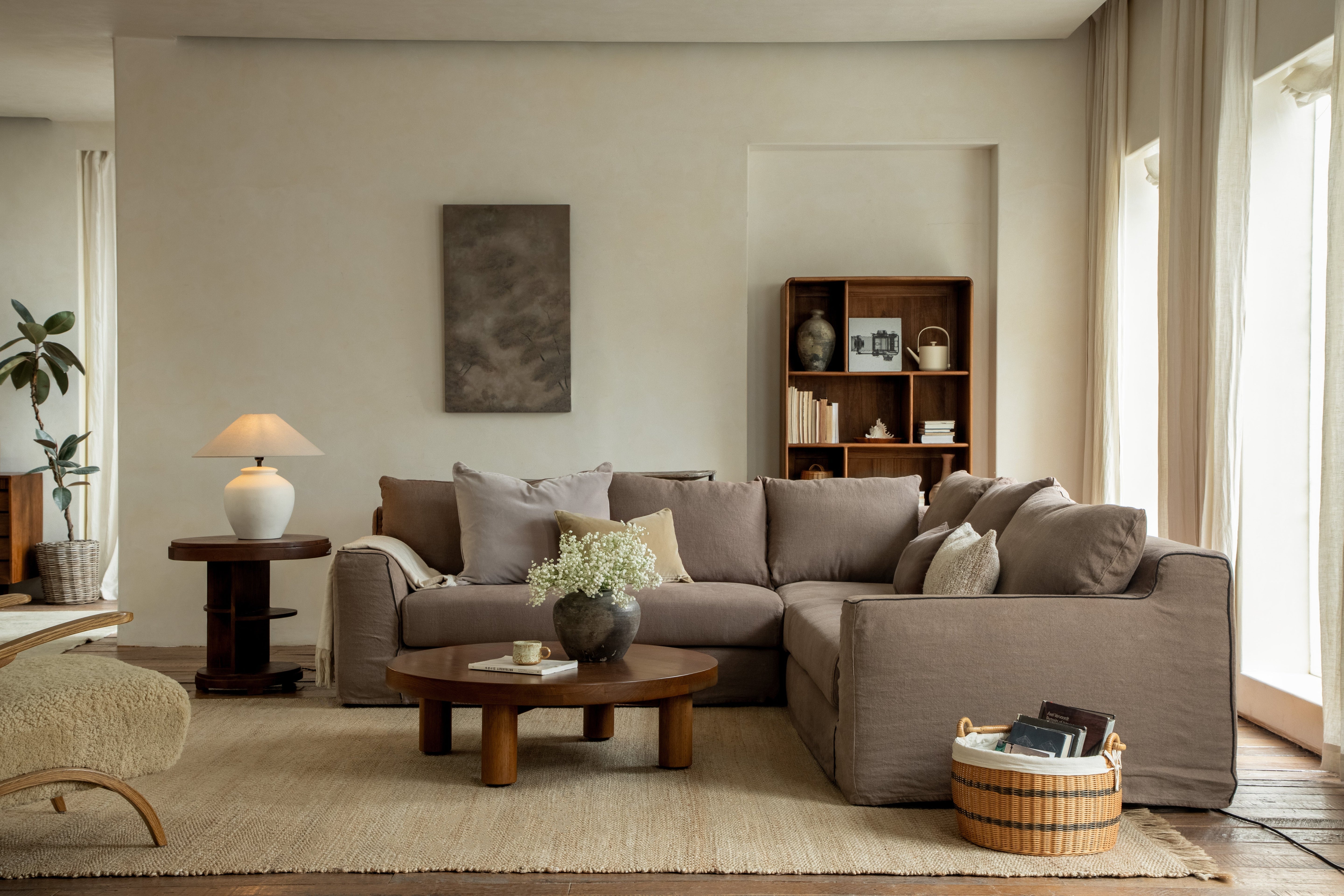
How to Lay Out a Room with a Sectional?
Sectionals excel at comfort and seating maximization but can turn the layout of the room into a puzzle. With a couple of clever strategies, you can turn the room into a cohesive and welcoming space that showcases, rather than conceals, your sectional's potential.
Unpacking Sectional Sofa Styles
Sectional sofas provide variety in shape. The shapes accommodate space requirements. Understanding the types assists in selection.
L-Shaped Sectionals
L-shaped sectionals are popular. They are two pieces. They create an "L." They are ideal in a corner. They offer a lot of seating.
U-shaped sectionals
U-shaped sectionals are large. They consist of three or more sections. They are "U" shaped. They are ideal for large rooms. They offer plenty of seating space.
Modular sectionals
Sectional modulars are flexible. The modules are linked together. You add them as you need. They enable you to have tailor-made configurations. They adapt to changing needs.
Sectional Chaise
Chaise sectionals have a comfortable chaise lounge. It has one end stretched out for reclining.
Planning Your Room Layout
Strategic planning is essential. It is time- and effort-saving. A planned layout is comfortable.

Taking Your Measurements
Measure the width and length of your room. Record all doorways and windows, as well as wall outlets. Allow for furniture. A general rule is 3 feet for aisles. Allow 18 inches between a sofa and a coffee table.
Considering Traffic Flow
Create obvious pathways. Individuals must be able to walk through with ease. Don't ever obstruct doorways. Refrain from putting furniture in primary routes. Streamline flow within the room.
Setting the Room's Purpose
Know how you use the room. Is it for reading? Is it for talking? Is it for watching movies? The function of the room determines the arrangement of the furniture. A TV room needs a clear view of the TV. A conversation space needs seats facing one another.
Selecting the Ideal Sectional
Selecting the right sectional matters. It has to fit in your space. It also has to be pleasing to your eye. A careful choice avoids problems in the future.
Size and Shape Options
Balance the sectional to the room size. A small room requires a small sectional. A large room can accommodate a large one. A too-large sectional will overwhelm a small room. A too-small sectional will be lost in a large room.
Consider the shape of the sectional. L-shaped is utilized in a corner. It also helps to open up space. U-shaped is used for vast, open spaces. It makes a defined center space.

Fabric and Color Options
Material affects the sectional's feel. It also affects how simple it is to clean. Heavy-duty materials are well-suited for high-traffic areas. Think about material texture. Some material is soft to the touch. Others are firmer.
Light colors give the illusion that a room is bigger. They bounce more light around. Dark colors warm a room up. They make it snug. Patterns create visual interest. They can camouflage little spills. Fabric and color establish the general mood of a room. They determine the tone of the room.
Positioning Your Sectional for Maximum Impact
Where you put the sectional matters. It affects the room's function and look. Strategic placement enhances the space.
Against a Wall or Floating?
Put a sectional against the wall in small rooms. This is budget-friendly. Float a sectional in large rooms. This creates zones. Floating is suitable for open-plan rooms.
Creating Conversation Areas
Organize the sectional for conversation. People can face one another. Incorporate accent chairs. This fosters conversation. A properly designed zone fosters conversation.
Utilizing Sectionals to Divide Areas
Utilize a sectional to divide open areas. Position it to delineate between living and dining areas. It functions as a soft divider. It is perfect for multi-functional spaces.
Accessorizing Around Your Sectional
Accessories finalize the appearance. They incorporate function and fashion. Select them carefully.
Adding Side Tables and Coffee Tables
Coffee tables offer a surface. Side tables support lamps and beverages. Select tables that are proportional to the sectional. They should be within reach.
Lighting and Rugs
Proper lighting establishes mood. Employ floor lamps and table lamps. Area rugs delineate the seating space. Rugs provide texture and warmth. A rug must be of sufficient size. The sectional's front legs should be on the rug.
Incorporating Blankets and Throw Pillows
Pillows bring color and comfort. Blankets bring warmth. Pick colors that will blend with the room. Combine textures for variation. These bring personality.
Common Mistakes That One Should Avoid
Some errors ruin a design. Steer clear of them to save yourself from frustration. Be careful about these common errors.
Overcrowding the Room
Do not fill the room with too much furniture. Leave some space to move around. The room looks small when it is too packed. It is also uncomfortable.
Ignoring Scale and Proportion
Choose furniture that is in proportion to the room's size. A huge sectional in a tiny room is ugly. A small sectional in a large room looks lost.
Sectional Sofa Strategies for Small Rooms
Small areas are a challenge. Intelligent decisions optimize space. The suggestions below benefit small areas.

Using Modular Sectionals
Modular sectionals are ideal for small rooms. You can rearrange them. And they accommodate changing requirements.
Multi-Functional Furniture
Select multi-functional furniture pieces. A storage ottoman is a nice touch. A pull-out couch provides additional sleeping space. Each piece must pay for itself.
When to Call a Professional Designer
Occasionally, a room requires professional intervention, especially when you are struggling with tricky spaces. The solution is a professional designer. Consider this option for complex layouts. An experienced designer can optimize your sectional layout. They understand scale and flow. They can also bring in fresh ideas.
Conclusion
It takes thinking to plan a room around a sectional. Plan your room. Select the appropriate sectional. Place it appropriately. Accessorize intentionally. Don't make mistakes like others. Try several configurations. Then you will get a comfortable and functional room.
FAQs
What is the best way to clean a sectional sofa?
Cleaning depends on the fabric. Follow the manufacturer's directions. Most need spot cleaning. Some covers are machine washable.
How do I take my room's measurements for a sectional?
Measure the length and width of the room. Note the locations of door and window openings. Mark where you'd prefer the sectional to be placed. Use masking tape or painter's tape to mark the dimensions of the area on the floor.
Can a sectional work in a small apartment?
Yes, a sectional can be used in a small apartment. Opt for a smaller L-shape or a modular sectional. Consider one with a chaise lounge for comfort without additional bulk.
Should my sectional be centered in the room?
It all hinges on the size and configuration of the room. In a big, open room, you can center a floating sectional. In smaller spaces, it is usually better to put it against a wall.
How far should a sectional be from a TV?
The perfect distance varies with each TV size. A rule of thumb is 1.5 to 2.5 times the screen measurement. For a 60-inch television, you should sit between 7.5 and 12.5 feet away.
